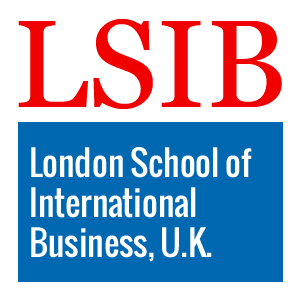Global Certificate Course in Biophilic Design for Environmental Scientists
Published on June 28, 2025
About this Podcast
HOST: Welcome to our podcast, today we're talking with an expert about the Global Certificate Course in Biophilic Design for Environmental Scientists. Can you tell us a bit about this course and what inspired you to create it? GUEST: Absolutely, this course is designed to help environmental scientists integrate nature into built environments. I was inspired by the need to promote sustainability and improve human well-being in these spaces. HOST: That sounds fascinating. How does biophilic design contribute to sustainability and well-being? GUEST: Biophilic design brings natural elements into built environments, which has been shown to reduce stress, improve cognitive function, and even increase productivity. Plus, it encourages sustainable practices like using renewable materials and energy-efficient systems. HOST: It's amazing how much impact design can have on our lives. What are some current trends in biophilic design that you're excited about? GUEST: One trend is the use of technology to create immersive natural experiences, like living walls and virtual reality nature scenes. Another is the focus on inclusive design, ensuring that biophilic spaces are accessible and enjoyable for people of all ages and abilities. HOST: Those sound like exciting developments. Have you encountered any challenges in teaching or learning about biophilic design? GUEST: Yes, one challenge is that some people think biophilic design is only about adding plants to a space, but it's much more than that. It's about creating a deep connection to nature, which requires a shift in mindset and practice. HOST: That makes sense. Finally, where do you see the future of biophilic design heading? GUEST: I believe biophilic design will become a standard practice in architecture and planning, as more people recognize the benefits of incorporating nature into built environments. I'm excited to see how this field will evolve and contribute to a more sustainable and healthy world. HOST: Thank you so much for sharing your insights with us today. We're looking forward to seeing the impact of this course on the environmental science community. GUEST: Thank you for having me. It's been a pleasure.
